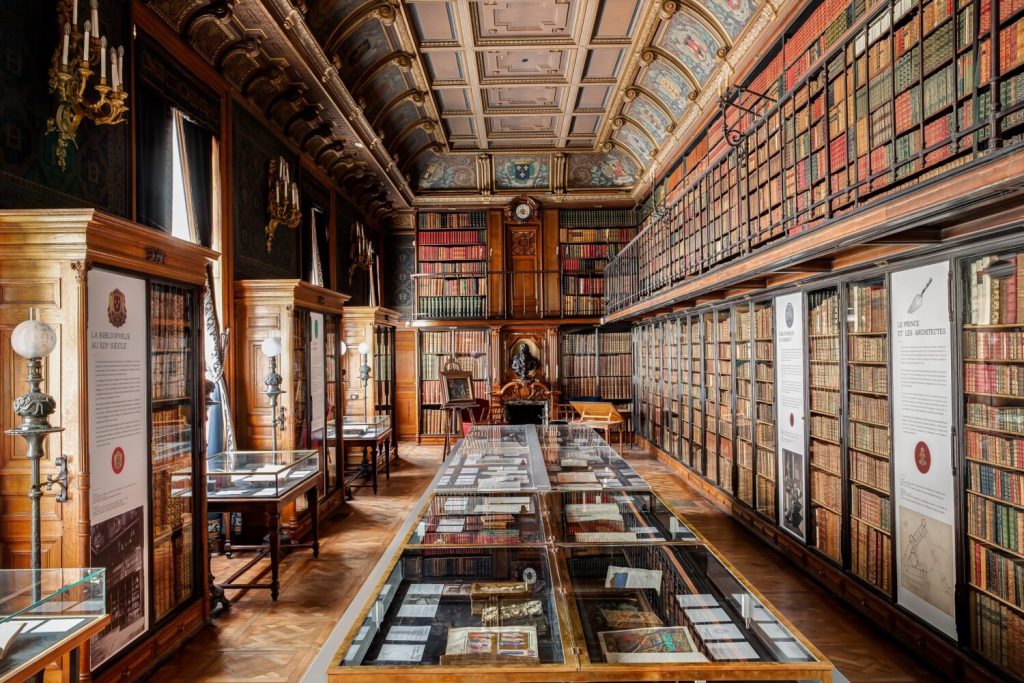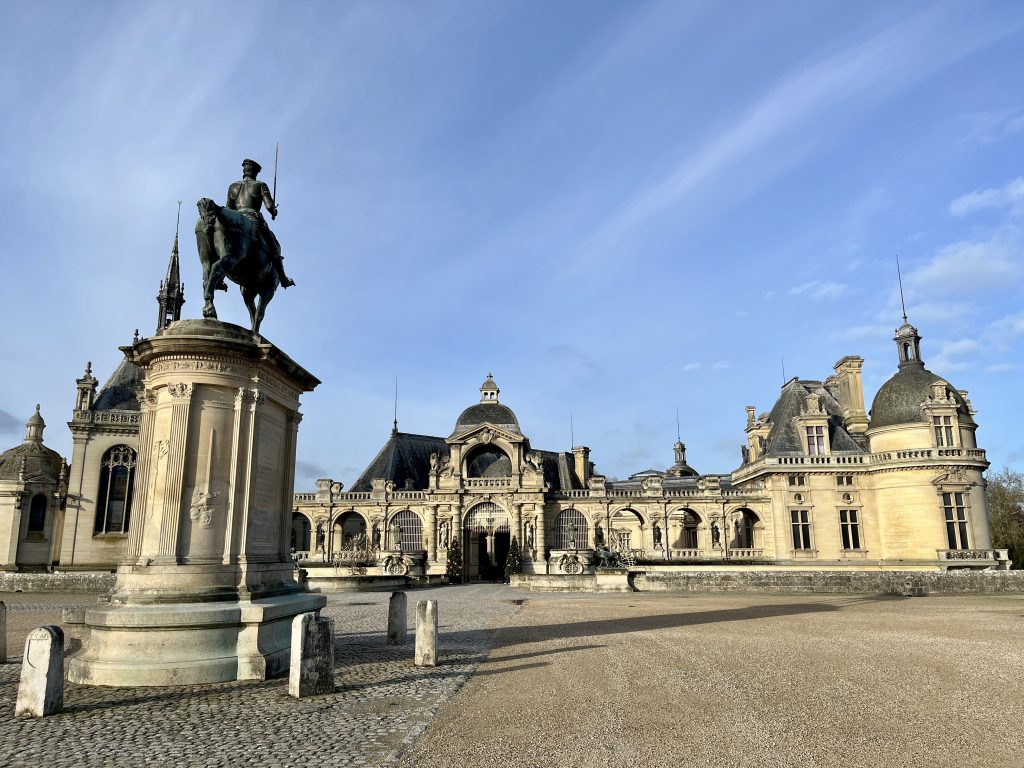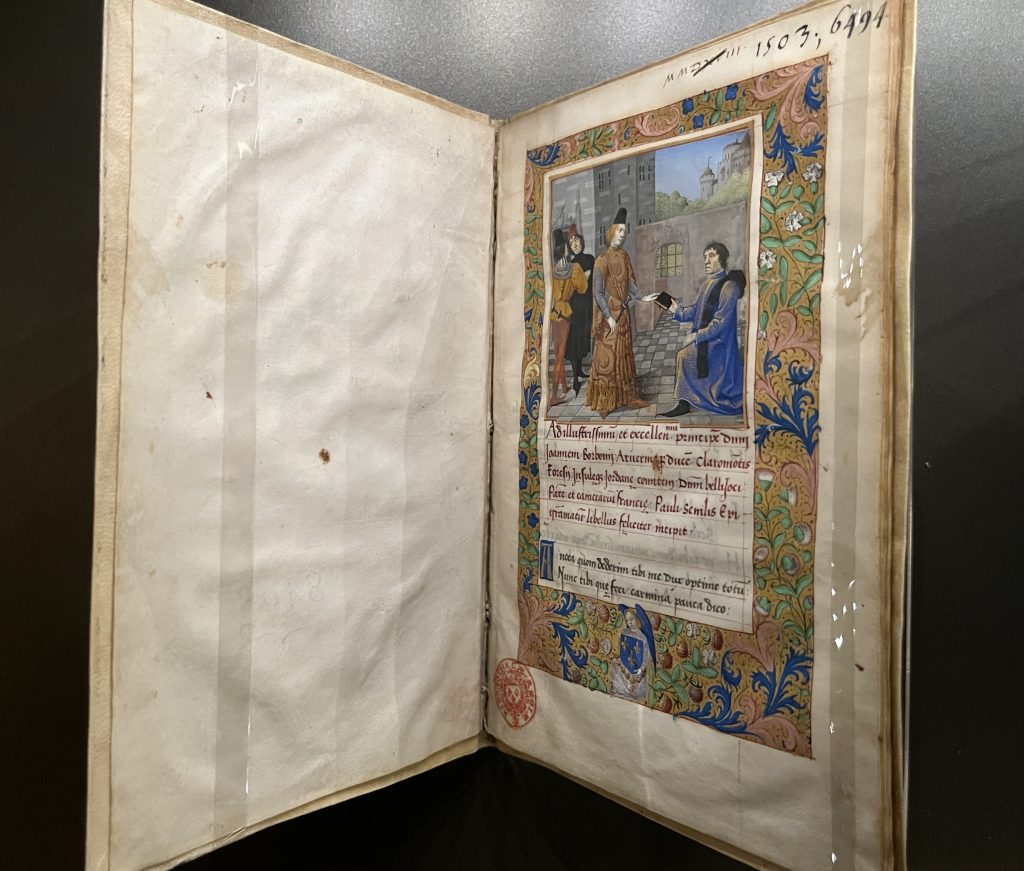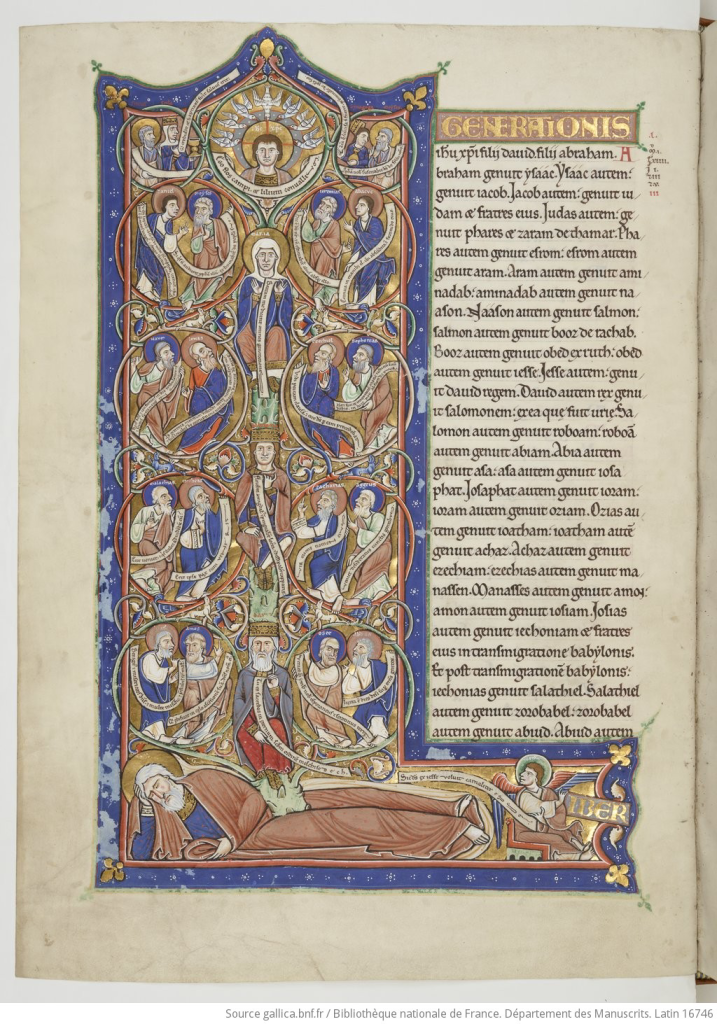EXHIBITION – IN FOLIIS FOLIA: TREES AND FORESTS IN CHANTILLY
Until 30 September 2024.


Cabinet des livres Chantilly
Trees spark the imagination and inspire art and stories. They are also part of humanity’s collective history. But what is their relationship with books? At Chantilly Castle, there is an exhibition dedicated to that this summer.

Trees and books are inextricably linked; in Latin, liber means both book and bark, and the word codex in turn refers to wood. The Latin caudex means tree trunk or (wood) block. (*) Since time immemorial, trees and forests have been part of the human imagination and thoughts that were recorded in writing and images in books.
The exhibition at the Cabinet des livres located in the Chantilly castle near Paris explores these multiple connections between the tree and the book. Connections woven from the Middle Ages to modern times. Trees as symbols of life, knowledge and freedom, the personified trees of fables, the orchards of poets and lovers, the forests of stories and legends.

Personally, I am always fascinated by the tree in medieval representations and especially in manuscripts. The tree of the knowledge of good and evil, the burning bramble, Jesse’s tree, the tree of life and many more. Each of them produced beautiful representations with layered meanings. We find an example of the burning bramble in these exhibitions depicted in the beautiful Ingebord Psalter. (1215-1218). This Psalter is kept in Chantilly and is among the masterpieces.


The Cabinet des livres is one of my favourite libraries. It was the library of the Duke of Aumale (1822-1897) a bibliophile of allure. The book room (cabinet des livres) was where Henri d’Orléans preferred to read and work. You can admire the thousands of works here, including many written medieval works; most are illuminated, and the oldest dates from the 11th century. The most famous work kept here is the one by the Van Limburg brothers: Les Très Riches Heures de Jean duc de Berry. This library or book room is usually quiet and you are with the books. Together with the works on display in the showcases and the thousands of books around you. It must have been a special privilege to call this your book room. Luckily, we can get a taste of it this summer. Chantilly is just off the A1 towards Paris and is about 4.5 hours away. You can make a nice day of it the rest of the castle and the surrounding park are also well worth a visit.


/https://chateaudechantilly.fr/en/evenement/exposition-in-foliis-folia
(*) It is presumed that the codex owes its name to several matching writable boards, like washboards. It has also been suggested that the name was first used for a bundle of written sheets derived from tree bark.
https://www.facsimiles.com/facsimiles/ingeborg-psalter

